Unraveling the complexities of historical narratives often reveals a tapestry woven with myths, misconceptions, and inaccuracies. History, as we commonly perceive it, is not immune to the embellishments and distortions of time. In this exploration, we delve into 14 so-called “facts” from history that have permeated popular consciousness but, upon closer examination, prove to be more fiction than reality. From legendary tales to widely accepted notions, we embark on a journey to separate historical truth from the fabrications that have shaped our understanding of the past. Prepare to question the narratives you thought you knew, as we uncover the intriguing stories behind these historical inaccuracies.
The List of 14 “Facts” From History That Are Not True
14. Abner Doubleday Didn’t Invent Baseball

The Mills Commission, led by then-president of the National League, Abraham Mills, was tasked with determining the origin of America’s beloved pastime. In 1907, the commission concluded, to the best of its knowledge, that Abner Doubleday, a Civil War general, invented baseball in Cooperstown, N.Y., in 1839. This declaration led to Cooperstown becoming the home of the National Baseball Hall of Fame and Museum.
However, George B. Kirsch, a professor of history at Manhattan College, challenges this narrative in his book “Baseball And Blue In Gray: The national pastime during the Civil War.” Scholars place Doubleday at West Point in 1839, not in Cooperstown, and there is no documentation from Doubleday, such as notes, letters, or papers, about his role in creating baseball.
The actual origins of the first baseball game remain unknown. However, in 1938, Congress officially recognized Alexander Cartwright as the creator of the modern version. Cartwright, the founding father of the Knickerbocker Base Ball Club, is credited with finalizing the diamond-shaped field. He is also honored in the Baseball Hall of Fame in Cooperstown.
13. Wall Streeters Didn’t Jump To Their Deaths Following The Market Crash of 1929

Between Black Thursday and the conclusion of 1929, there were only four suicides directly linked to the events triggering the Great Depression. Out of these, only two took place on Wall Street, as reported by Slate.
The president of County Trust Co. and the leader of Rochester Gas and Electric both took their lives, although they opted for firearms.
The rumors appear to have originated when comedians began making jests about the bleak economic situation. For instance, Will Rogers humorously remarked that “you had to stand in line to get a window to jump out of,” as documented by Slate. Despite efforts by both the New York Times and New York’s chief medical examiner to correct the misinformation, the rumors persisted.
12. Spanish Influenza Didn’t Originate In Spain

Initially termed the “three-day flu,” this illness claimed the lives of an estimated 50 million people in 1918, surpassing the casualties of World War I by 34 million.
The speculation about the disease’s origin likely arose due to the severe and early impact it had on Spain; even the country’s king fell ill, as noted by the History Channel.
Determining the exact source of the pandemic is nearly impossible, but John Barry, relying on the available evidence, proposes that the first case may have occurred in Haskell County, Kansas.
11. A Cow Kicking Over A Lantern Didn’t Cause The Great Chicago Fire

In 1871, the Great Chicago Fire claimed the lives of hundreds and engulfed over 3 square miles. Contrary to widespread myth, the fire originated in a small alley for reasons that remain unknown. The journalist who initially attributed the blaze to “Mrs. O’Leary’s cow” knocking over a lit lantern later confessed to embellishing the story.
10. Albert Einstein Didn’t Fail Math

Einstein displayed exceptional proficiency in mathematics from an early age. The rumors suggesting otherwise, asserting that he struggled with solving equations, originated from “Ripley’s Believe It Or Not.”
Walter Isaacson, in his book “Einstein: His Life And Universe,” addressed Einstein’s reaction to the Ripley’s claim, quoting him saying, “I never failed in mathematics. Before I was 15 I had mastered differential and integral calculus.”
Furthermore, Einstein’s matriculation certificate, obtained at the age of 17, attests to his mathematical prowess, as he achieved the highest marks, a “6,” in both Algebra and Geometry.
9. George Washington Didn’t Have Wooden Teeth
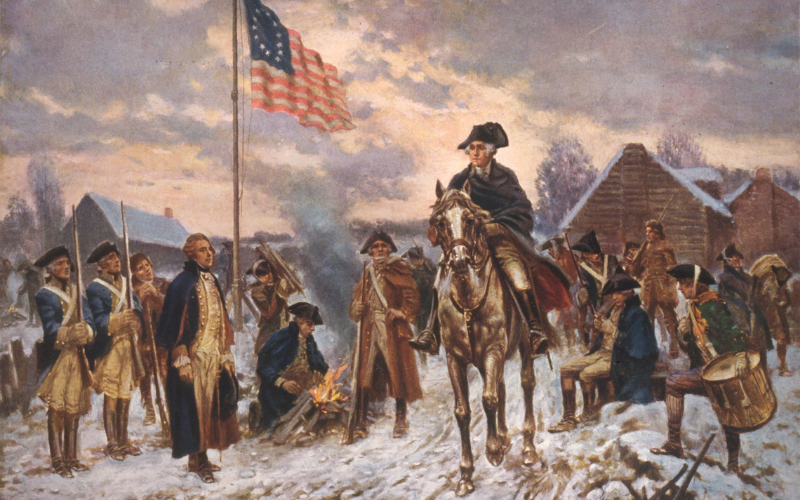
Washington indeed struggled with notably poor dental health, necessitating the use of various dentures made from materials such as ivory, gold, and lead. However, according to Mount Vernon, the organization overseeing Washington’s renowned estate, wood was not among the materials used in his dentures.
Washington did have a fondness for port, a burgundy-colored beverage. It’s speculated that the staining properties of the drink might have contributed to the discoloration of his teeth, giving them a brown and grainy appearance, akin to wood.
8. Paul Revere Never Yelled, “The British are coming!”
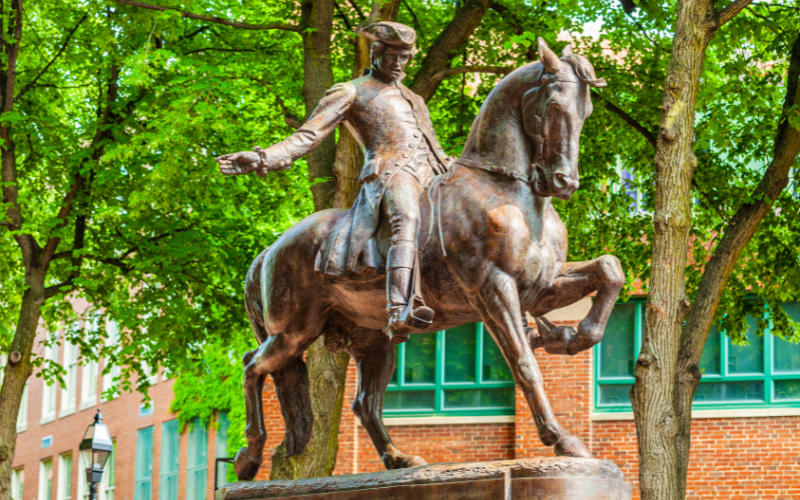
Initially, Paul Revere had to maintain discretion regarding the British troops’ impending arrival. The History Channel reports that British forces were already stationed throughout the Massachusetts countryside. Additionally, at that time, the colonists still identified themselves as British. In all likelihood, Revere selectively shared information about the “regulars,” the term used by colonists to refer to British soldiers, based on a need-to-know basis.
7. Marie Antoinette Didn’t Say, “Let them eat cake.”
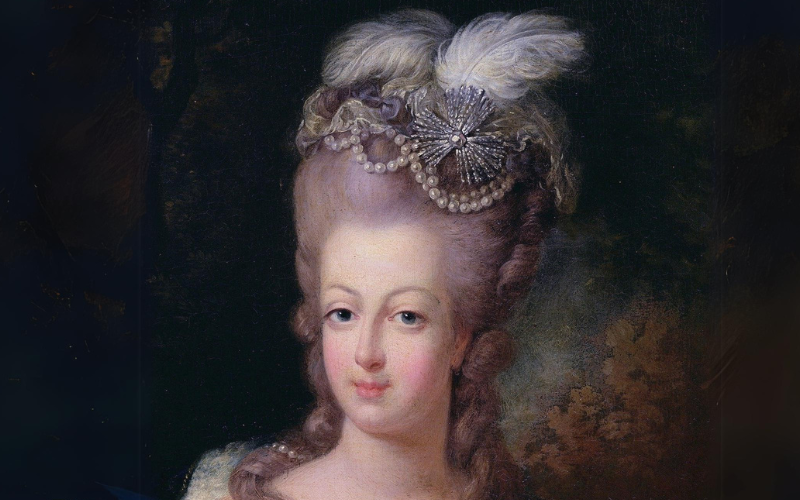
In his novel “Confessions,” Jean-Jacques Rousseau attributed the words “a great princess” to an inconsiderate statement. While many assume he was referencing Marie Antoinette, there is no supporting evidence for this claim.
Noted biographer Lady Antonia Fraser credited the quote to a different French princess, asserting that “Let them eat cake” was spoken a century earlier by Marie-Thérèse, the wife of Louis XIV. She described it as a callous and ignorant statement and clarified that Marie Antoinette was not the speaker.
The quote, or a similar sentiment, had previously been linked to various royals, reaching back to Emperor Hui of Jin as documented in Zizhi Tongjian.
6. Napoleon Bonaparte Was Not Short
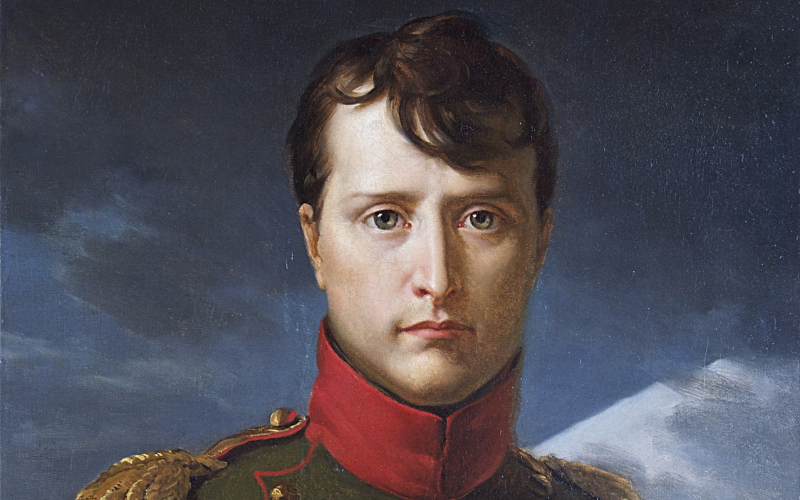
Certainly, he wasn’t as vertically challenged as popularly believed. While Napoleon’s height was recorded as 5 feet 2 inches in pre-French Revolution units, it equates to about 5 feet 6 inches in U.S. measurement. Surprisingly, this stature exceeds the average male height in France during his era, which was 5 feet 5 inches.
Although Napoleon was endearingly nicknamed “Le Petit Caporel” (The Little Corporal), the term “Napoleon Complex” is commonly employed to describe shorter individuals with perceived inferiority issues.
5. The Pilgrims Did Not Host The First Thanksgiving Dinner
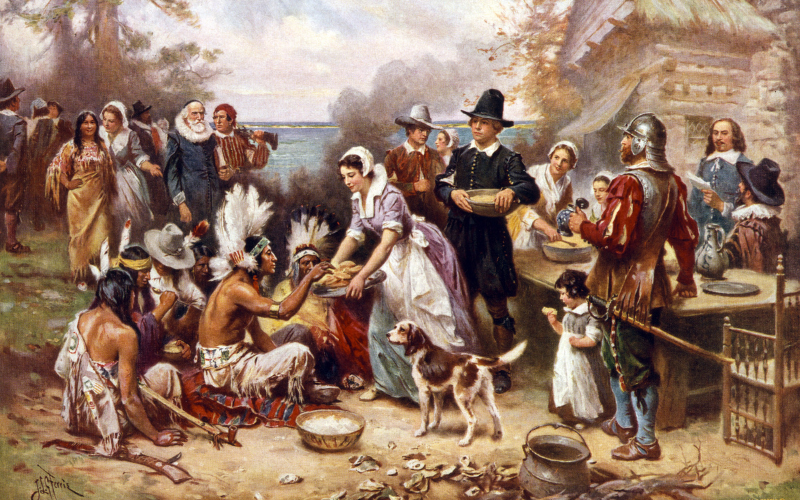
To begin with, the Pilgrims participated in several thanksgiving meals before the one commonly regarded as the precursor to our modern holiday. Additionally, Spaniards in Florida marked a similar event in 1565, predating the Pilgrims’ gathering in 1621; there’s uncertainty among historians about the authenticity of the legendary 1621 dinner.
The contents of the famed dinner are also unclear. While some accounts mention venison on the table, it’s noteworthy that the tradition of roasting turkeys prevailed over the much larger and more complex task of preparing deer.
Shifting focus, Thanksgiving didn’t become a national holiday until 1863 when Abraham Lincoln designated the last Thursday of every November for the celebration. However, there was a period when Turkey Day was observed on the third Thursday. In 1939, President Roosevelt moved the holiday to extend the period between Thanksgiving and Christmas, providing more time for shopping and boosting the economy. Congress eventually reverted to the original last Thursday of November for the Thanksgiving holiday.
4. Christopher Columbus Did Not Discover America

Columbus reached land in the Caribbean and ventured through Central and South America, yet he never set foot on North America. Nevertheless, the United States commemorates Columbus Day annually.
Furthermore, the understanding of the Earth’s round shape dates back to ancient thinkers like Pythagoras, a Greek mathematician from the sixth century B.C. Columbus is said to have based his expedition plans on a copy of Ptolemy’s “Geography,” which included theories supporting the concept of the world as a sphere.
3. Vikings Did Not Wear Horned-helmets

The archaeological record fails to provide support for the existence of horned helmets among Vikings. Instead, evidence from burial sites indicates that the majority of Viking warriors either went without headgear or wore leather helmets.
The enduring but inaccurate image of robust warriors entering battle adorned with horned helmets can be traced back to the 1800s. This misconception gained prominence when Swedish artist Gustav Malmström incorporated such imagery into his works. Additionally, some of Wagner’s operas featured costumes depicting Vikings wearing horned helmets, further contributing to the perpetuation of this historical inaccuracy.
2. Cleopatra Was Not Egyptian

Cleopatra was a member of the Ptolemaic dynasty, a Greek family that assumed control of Egypt following Alexander the Great’s conquest. Interestingly, her family chose not to communicate in the Egyptian language, and she became the first among them to do so.
The confusion regarding her nationality might be traced back to her public portrayal as the embodiment of Isis, an Egyptian goddess. This representation could have contributed to misconceptions about her true background.
1. Jewish Slaves And The Pyramids

The notion that Jewish slaves constructed the pyramids is debunked by historical evidence. This is said to have originated from statements made by former Israeli Prime Minister Menachem Begin during his visit to Egypt in 1977, as noted by Amihai Mazar, a professor at the Hebrew University of Jerusalem.
Recent archaeological discoveries further support the claim that Egyptians were the builders of the pyramids themselves. Contrary to the Hollywood narrative of slaves constructing the pyramids, the historical reality reveals that the pyramids were constructed as a testament to the loyalty of the Egyptians to their pharaohs.
Conclusion
As we conclude our journey through history, it becomes evident that the line between fact and fiction is often blurred, giving rise to enduring myths and misconceptions. The 14 “facts” we’ve explored serve as poignant reminders that our understanding of the past is a dynamic tapestry constantly evolving with new discoveries and perspectives. By questioning and scrutinizing historical narratives, we gain a deeper appreciation for the complexity of human stories and the need to approach history with a discerning eye. In dispelling these inaccuracies, we pave the way for a more nuanced and accurate appreciation of the events that have shaped our world, fostering a continual pursuit of truth in our collective understanding of history.
Recent Posts
Science Trivia - Astronomy ...
Step into a realm of nostalgia as we embark on a journey through the annals of pop culture and bid farewell to 35 recently obsolete technologies. In the ever-evolving landscape of innovation, certain...
